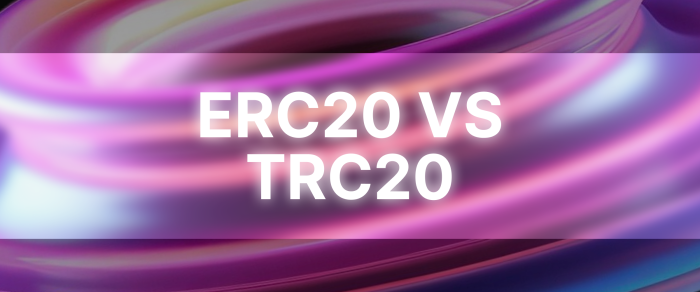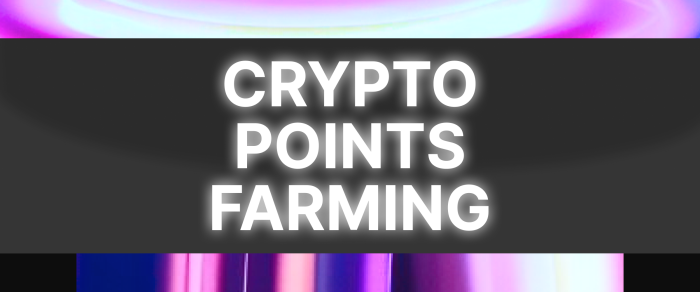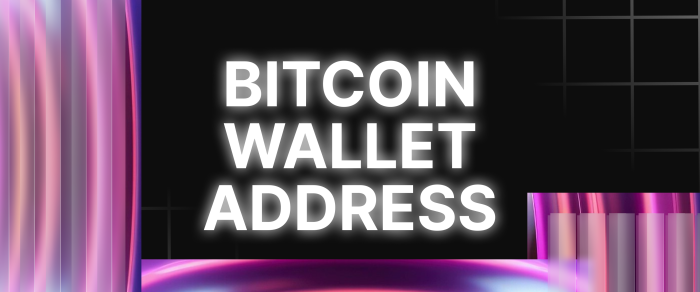ERC20 vs TRC20: Which Token Standard is Better for You?
If you’ve ever tried sending USDT and had to choose between ERC20 vs TRC20, you’re not alone. At first glance, they seem similar. However, these two token standards, under the surface, represent very different ecosystems with distinct trade-offs in speed, security, cost, and use case.
Let’s find out which one truly fits your crypto goals.
Key Takeaways
- TRC20: Good for fast, cheap transfers. This makes it useful for sending money to others, small payments, and regular crypto use, where low fees matter.
- ERC20: Strong in DeFi (Decentralized Finance), NFTs, and complex smart contracts. It offers a lot of flexibility and works with many parts of the Ethereum system.
- If you compare TRC20 and ERC20 fees, TRC20 is usually much cheaper.
What is ERC20?
ERC20 is essentially the main technical guidebook on the Ethereum blockchain for how tokens are made and used. It acts like a universal set of instructions that all tokens on Ethereum follow. This ensures they operate smoothly with wallets, decentralized applications (dApps), and exchanges.
This widely adopted standard was introduced by developer Fabian Vogelsteller in 2015 and has become the go-to for most crypto tokens since then.
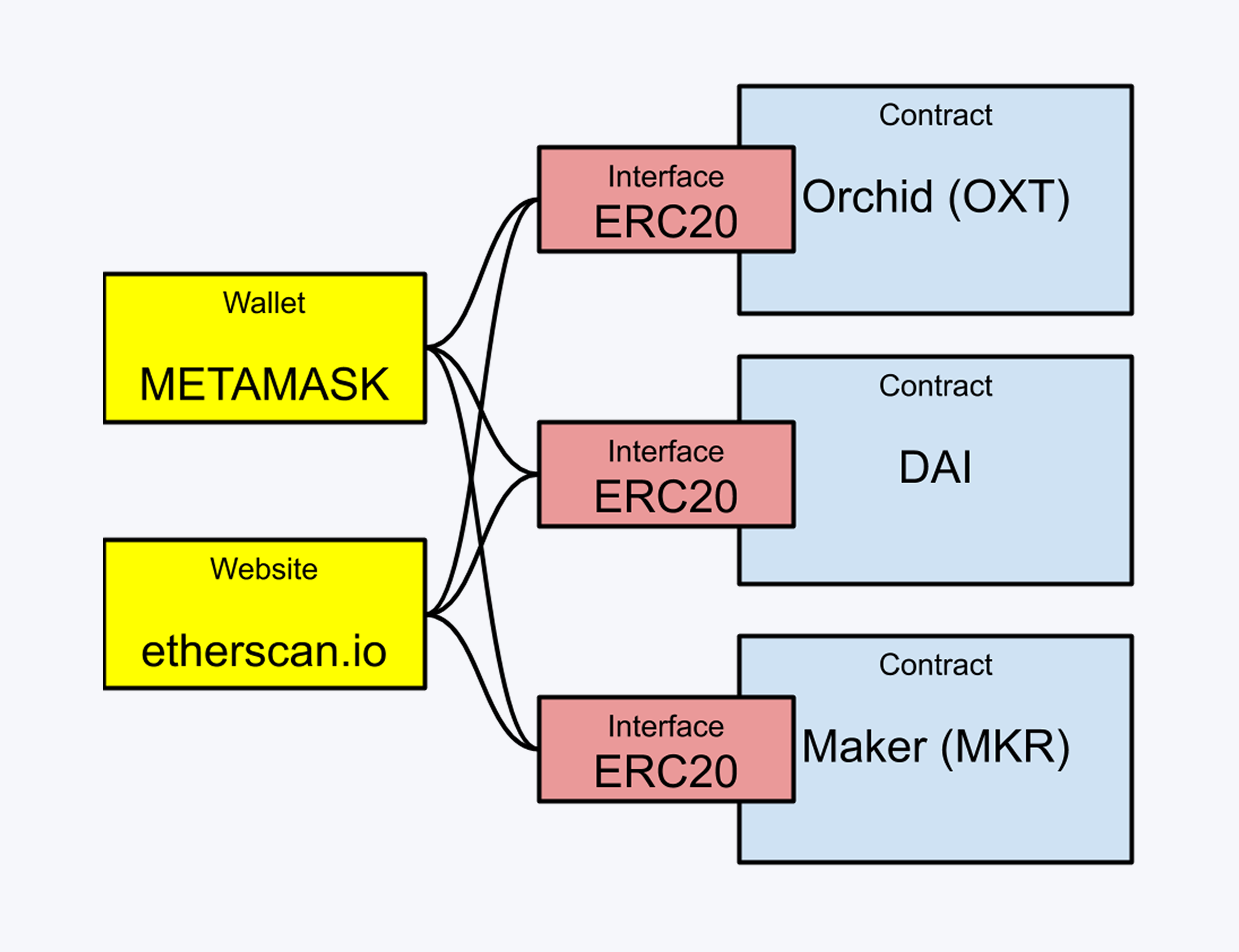
ERC20 sets rules that a token must follow. These rules govern the movement of tokens, the distribution of information about a token’s supply, and the process of approving token expenditures. This consistency helps developers — they don’t have to start from scratch each time they launch a new token. They can utilise a trusted system that they know will integrate seamlessly with Ethereum’s extensive ecosystem.
ERC20 is powerful because it works well with smart contracts. Smart contracts are programs that run on their own, exactly as written, without needing a middleman. ERC20 tokens use these contracts for simple transfers and complex DeFi actions.
But ERC20 has downsides. A big issue is Ethereum’s high gas fees. These fees can rise a lot when the network is busy, which can make small transactions too expensive. Still, ERC20 is very popular, primarily due to Ethereum’s robust system, security, and strong support for developers.
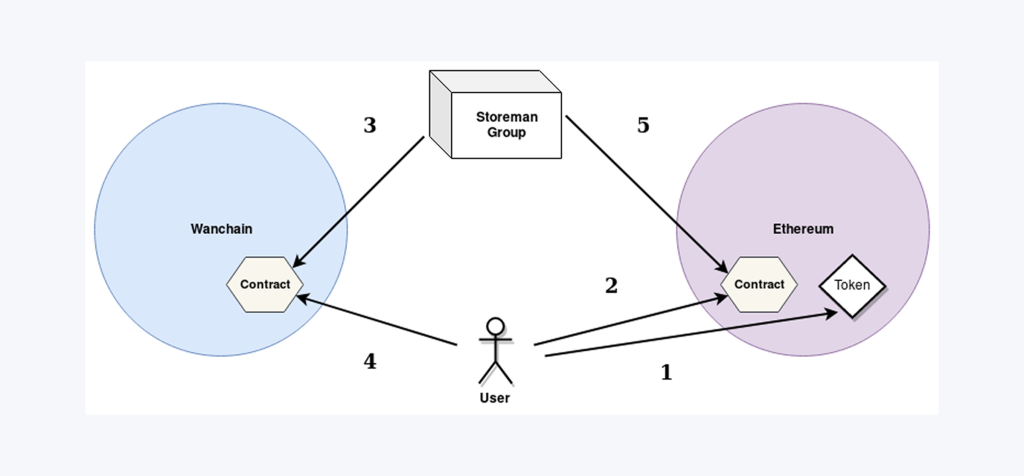
Fast Fact
TRC20-USDT accounts for more daily transactions than ERC20-USDT, largely due to low TRC20 fees and fast processing in global payment markets.
What is TRC20?
Now, what about TRC20? This is TRON’s own token standard. It functions much like Ethereum’s ERC20, helping create and use tokens that interact with smart contracts. TRC20 appeared in 2018 and gave developers the tools to build tokens for dApps, wallets, and exchanges within the TRON network. The main appeal? Speed and very low transaction costs are its key focuses.
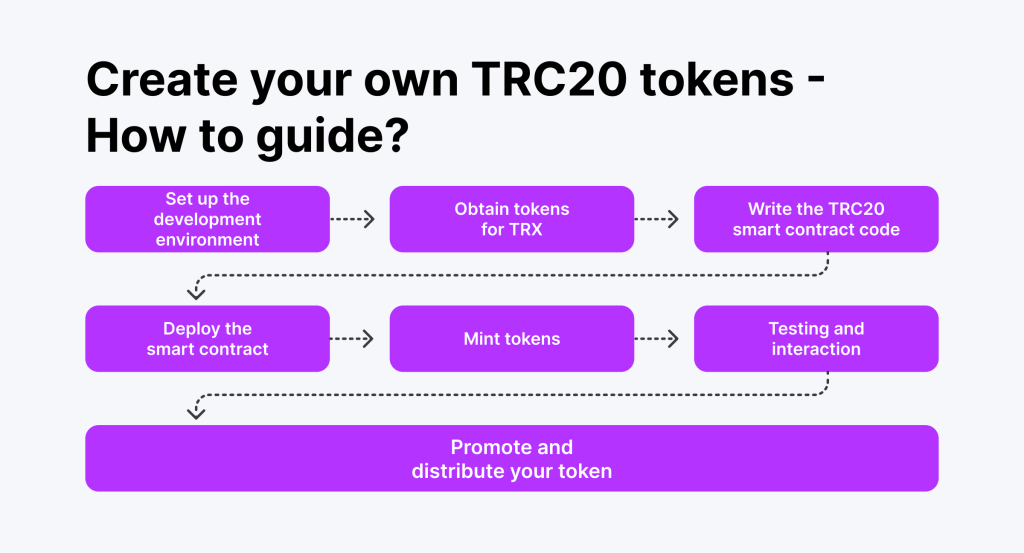
TRC20’s efficiency is a key advantage of the standard. The TRON network was designed for high transaction volumes, using a Delegated Proof-of-Stake (DPoS) system. Transaction confirmations are very fast here – often just a few seconds. High speed and smaller fees make TRC20 tokens popular for daily activities like sending money or making payments. For instance, with the USDT stablecoin, many users prefer the TRC20 version to move funds quickly and avoid high gas fees.
Technically, TRC20 aims for full compatibility with Ethereum’s ERC20. This benefits developers moving projects or building cross-chain applications. However, it’s important to remember TRON has its own distinct infrastructure and development tools. So, despite similarities, the two ecosystems aren’t identical.
The TRON network has also faced criticism, primarily regarding centralization. Its governance by a relatively small number of “Super Representatives” leads some observers to argue it’s less decentralized than Ethereum. Yet, despite these discussions, TRC20 token use is steadily growing, especially where fast, inexpensive crypto transactions are essential.
ERC20 vs TRC20: A Side-by-Side Comparison
Let’s look at the main differences between these two token standards. We’ll see how they affect you as a user, developer, or investor.
Blockchain Network
ERC20 tokens are on the Ethereum blockchain. Ethereum launched in 2015. It was the first network to support smart contracts on a large scale. It is seen as a very reliable and developer-friendly environment in the blockchain world. It powers thousands of dApps, including big DeFi services like Uniswap, Compound, and Aave.
TRC20 tokens run on the TRON blockchain. TRON launched in 2017. It was built for high capacity and efficiency. TRON aimed to decentralize the web and lower the cost of digital content. Today, it is known for fast transactions and wide use in sending stablecoins, especially in Asia and Latin America.
Transaction Speed
ERC20 can be slower, especially when many people are using the network. Transactions usually take 15 to 60 seconds. But delays can last several minutes if the network is very busy. This often happens during popular NFT sales or big DeFi events. Ethereum’s move to Proof of Stake is expected to improve speed, but this is still in progress.
TRC20 is built for speed. It uses a Delegated DPoS system. This allows blocks to be confirmed about every 1–3 seconds. This makes TRON one of the fastest public blockchains. It is good for many quick payments.
Transaction Fees
Ethereum is known for high gas fees, which change based on network demand. Sending an ERC20 token like USDT can cost from $5 to over $100 when the network is busy. These fees are paid in ETH. They can be a big problem for casual users or small transactions.
In contrast, TRON’s TRC20 fees are almost zero. Most transactions cost tiny fractions of a cent, thanks to its resource model. Users can stake TRX to get free “Bandwidth” and “Energy” for transactions. This makes TRC20 very good for people making frequent or low-value transfers.
Wallet and Exchange Support
ERC20 is supported by almost every major crypto wallet and exchange. From MetaMask and Trust Wallet to Coinbase and Binance, ERC20 tokens work well across the system. This wide support is a big plus for users.
TRC20 is also well-supported, but not everywhere. It’s common on big platforms like Binance, OKX, and KuCoin and also used in mobile wallets like TronLink and Trust Wallet. But some Ethereum-focused wallets and dApps might not support TRC20. Users must check compatibility before sending tokens.
Smart Contract Capability
Ethereum was built for smart contracts from the start. ERC20 is not just a token but a standard way for smart contracts to work together. This allows easy use in DeFi, lending, decentralized exchanges, and NFT markets. Developers use languages like Solidity to build complex apps on Ethereum.
TRON also supports smart contracts, but its system is less varied and developed than Ethereum’s. TRC20 tokens can be programmed with smart contracts using Solidity. But there are fewer dApps and tools available. TRON’s smart contracts are mainly used for payments, games, and simpler DeFi apps.
Decentralisation and Governance
Ethereum is seen as one of the most decentralized public blockchains. It has over 10,000 nodes. Its governance is community-driven through Ethereum Improvement Proposals (EIPs).
TRON, on the other hand, has a more centralized structure. Its DPoS system uses 27 Super Representatives (SRs) voted in by TRX holders. This helps efficiency and low energy use. But it raises concerns about how decentralized and censorship-resistant it is, as power is in fewer hands.
Adoption and Real-World Use Cases
ERC20 is the main standard for launching dApps, governance tokens, and complex utility tokens. It supports major DeFi services, DAOs, and blockchain games. Tokens like UNI (Uniswap), AAVE, and COMP use the ERC20 standard.
TRC20 is popular for payments and sending money, especially TRC20-USDT. It’s widely used where low transaction fees are important. Many OTC markets, crypto exchanges, and payment systems now prefer TRC20 USDT because it’s cheap and fast.
Where ERC20 and TRC20 Truly Shine
Choosing between ERC20 and TRC20 isn’t just about speed or fees. It often depends on how you plan to use the token, as these two standards work best in different situations. Understanding their practical uses can help you make better decisions as a developer, investor, or crypto user.
ERC20 — DeFi, DApps, and High-Value Transfers
Ethereum’s ERC20 standard is built for flexibility and wide use. Its biggest strength is its role in DeFi and DApps.
If you use a DeFi platform like Uniswap, Compound, or Aave, you are using Ethereum’s system. These platforms rely heavily on ERC20 tokens. For users or developers in DeFi, ERC20 is the usual choice.
ERC20 is also better for large money transfers. Gas fees can be high, but they matter less when moving large sums. For example, paying $20 to transfer $100,000 is not a big issue for large investors.
Beyond DeFi, ERC20 is the base for many NFT markets, DAOs, and complex smart contracts. If you need advanced on-chain logic or to work with many other contracts, Ethereum’s large system provides the tools and support.
TRC20 — Payments, Microtransactions, and Everyday Use
TRC20, on the other hand, is built for efficiency and low cost. This makes it perfect for real-world payments, especially where crypto use is growing and fees must be low.
For example, if you send USDT to another country, TRC20 lets you transfer funds in seconds with almost no fees. This is much better than traditional services that charge high fees and take days. With TRC20, you avoid banks and delays.
The low cost and speed also make TRC20 great for small payments and frequent use. Ethereum’s high fees don’t work well for sending small amounts of crypto many times a day. TRON’s network handles this easily.
TRC20 is also popular for payment systems, crypto ATMs, and OTC trading. Its focus on simple, quick performance makes it a good choice for everyday transfers.
Which One is Better?
Deciding between ERC20 and TRC20 depends on your specific needs. Both token standards do similar basic things, but they work differently in the real world.
For Traders: Speed and Cost vs Ecosystem Access
If you trade actively and often move funds, TRC20 is often more practical for simple transfers. The almost zero fees and fast speeds mean you can send tokens without worrying about gas prices. This is key if you make small or frequent transfers on exchanges.
But ERC20 is still vital for advanced traders. If you use DeFi or protocols like Uniswap, you must use the Ethereum system. These platforms almost only use ERC20 tokens. They offer chances for staking, farming, and arbitrage that TRC20 does not.
For Developers: Building Smart vs Building Fast
Developers need to consider speed and flexibility, and ERC20 provides more tools for creating dApps, DeFi services, and DAOs. Ethereum’s developed system is often best if you’re building something complex.
On the other hand, if your project is about peer-to-peer payments or high-volume token transfers, TRC20 can be a better start. Its simplicity, speed, and low cost can lower expenses and make it easier for users to join. This is good for mobile apps or services for users in areas with limited banking.
For Crypto Startups: Budget, Goals, and Reach
Startups launching a token or platform need to set priorities. ERC20 has a strong reputation, with many major investors viewing Ethereum as the premier platform for tokens. If you plan to work with major DeFi platforms or need credibility, ERC20 is a safer long-term pick.
But if your startup’s main aim is low cost, payment speed, and many users, TRC20 is a good option. It’s ideal for fintech apps, cross-border payment systems, and mass-market services in cost-sensitive markets.
Wallet and Exchange Compatibility: Don’t Get Stuck
Users often overlook wallet and exchange support. ERC20 has widespread acceptance. Hardware wallets like Ledger and Trezor, and browser extensions like MetaMask, as well as nearly every exchange, recognize ERC20 tokens.
TRC20 is widely supported, though not universally. Many major platforms, such as Binance, OKX, and KuCoin, provide TRC20 options. However, certain wallets and DeFi applications focused on Ethereum may lack support for TRC20 tokens.
Always check addresses and supported standards before sending tokens. Sending to the wrong address can mean losing your tokens for good.
Conclusion
So, TRC20 vs ERC20—which is better? The answer depends on what you value more: low cost or smart contract options.
- If you want very low fees, fast transactions, and easy cross-border payments, TRC20 is hard to beat.
- If you’re building or using apps in DeFi, NFTs, or DAOs, ERC20 is still the main standard, despite high gas fees at times.
As both Ethereum and TRON continue to develop, both token standards will likely coexist together. They will serve different needs rather than one replacing the other.
FAQ
TRC20 vs. ERC20—Which is better for sending USDT?
If you’re looking for speed and low costs, TRC20 is better. For DeFi or Ethereum-based platforms, go with ERC20.
Are TRC20 transactions safe?
Yes, TRC20 transactions are fast and secure, but TRON is often viewed as more centralised than Ethereum.
Why are ERC20 fees so high?
ERC20 fees (gas) are based on Ethereum network demand. More activity = higher fees.
Can I convert ERC20 to TRC20?
You can easily swap between the two standards using supported bridges or exchanges like Binance.
What’s the biggest difference in the TRC20 vs ERC20 fees comparison?
TRC20 fees are often less than a cent, while ERC20 fees can go from $5 to over $100 during congestion.
